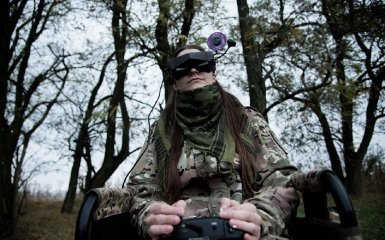Despite the fact that the army of the Russian Federation has more tanks, artillery and personnel than Ukraine, the soldiers of the Armed Forces of Ukraine manage to successfully restrain the enemy. One of the reasons is that Ukraine has a significant advantage in one type of weaponry — FPV drones.
FPV drones help AFU stop the Russian offensive in Donbas
The Forbes reports that Ukrainian soldiers consistently lead in the number of confirmed FPV strikes.
It is important to understand that only in the last few months, the soldiers of the Armed Forces of Ukraine sent 8,273 FPVs at the Russian invaders, and the Russian army in response sent about 6,000 FPVs.
Journalists also speculate that many other FPV strikes are not being reported, but the gap is now clear.
According to foreign experts, it was FPV drones that helped the soldiers of the Armed Forces to stop the Russian winter offensive in the Avdiivka area in eastern Ukraine.
One of the Russian military commanders even recently publicly complained that the number of drones in the AFU in the Avdiivka area "simply goes off the scale."
Russia has problems with drones on the front
The Russian Federation continues to claim that their industry is building 100,000 or even 300,000 new FPVs every month.
Despite this, the aggressor country cannot consistently deliver combat-capable drones to those areas of the front where they are needed.
Foreign analysts point out that this gives the Ukrainian army the opportunity to carry out more FPV sorties.
Many Russian drones are poorly made and therefore unreliable. One Russian military reporter noted that the best Russian FPVs, such as the Piranha and Ghoul models, are being built by enthusiasts with private funds. But the drones, which are paid for with state funds and built by military contractors, are of "poor quality," vulnerable to Ukrainian radio jamming and have a tendency to "overturn during approach," the report says.




